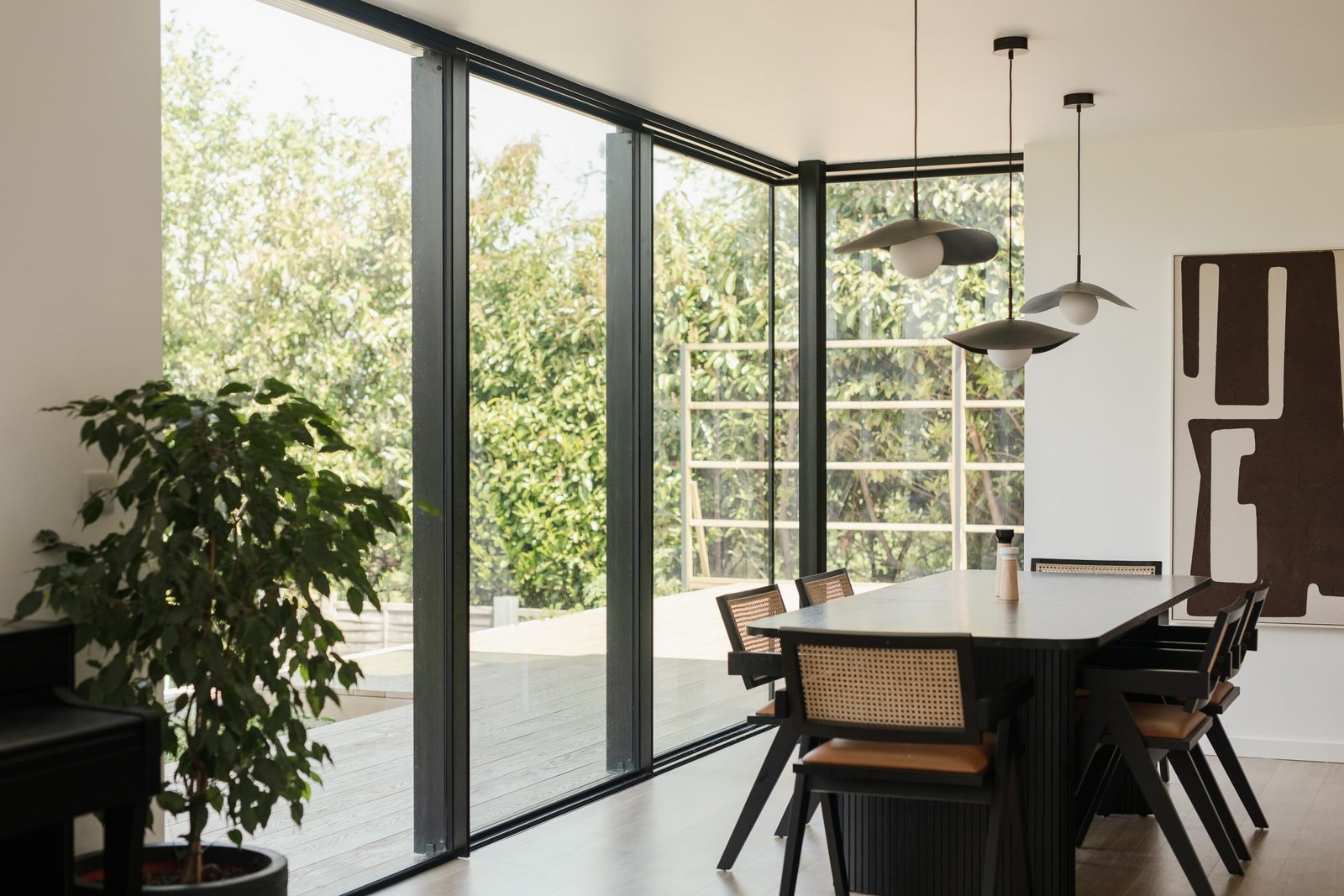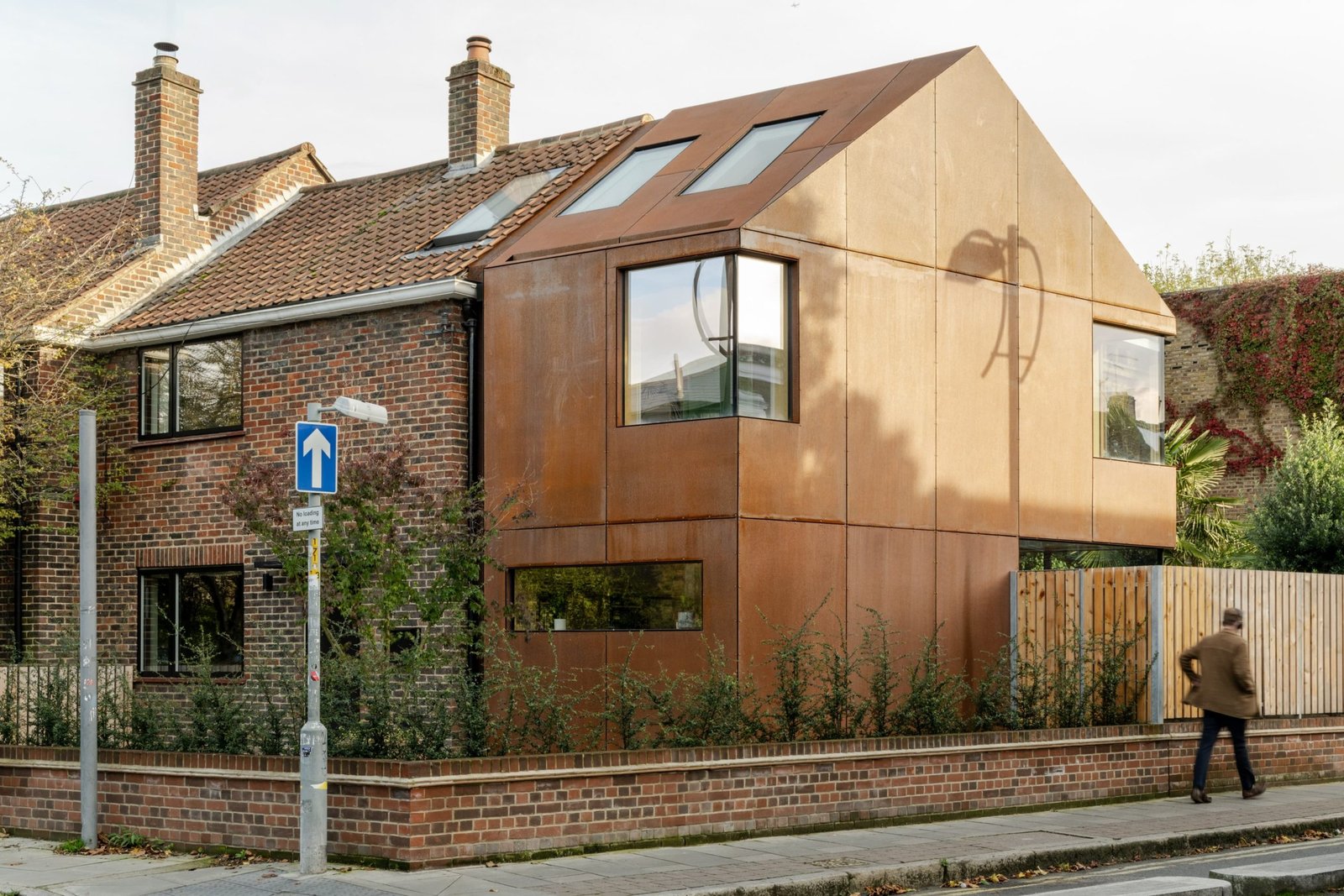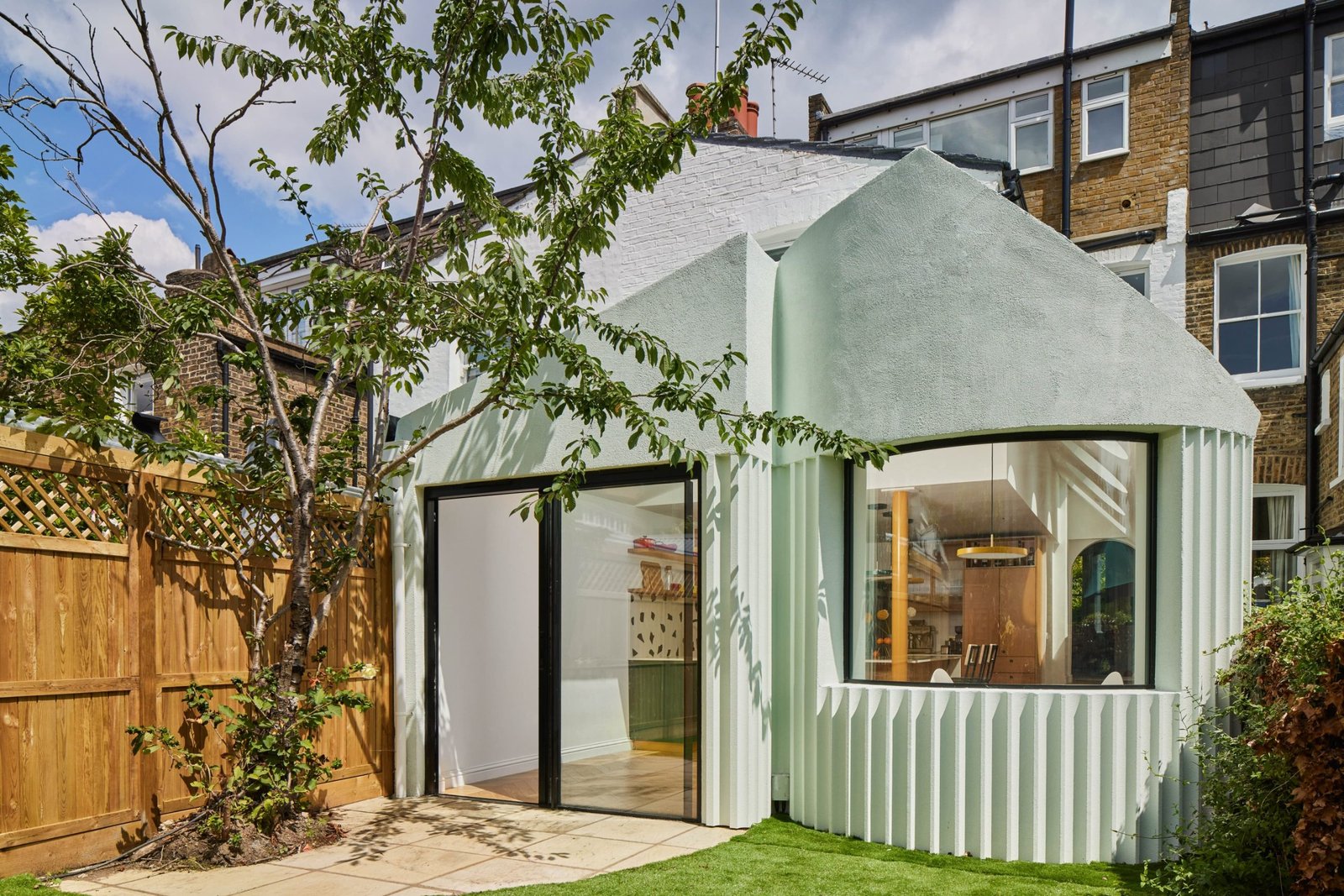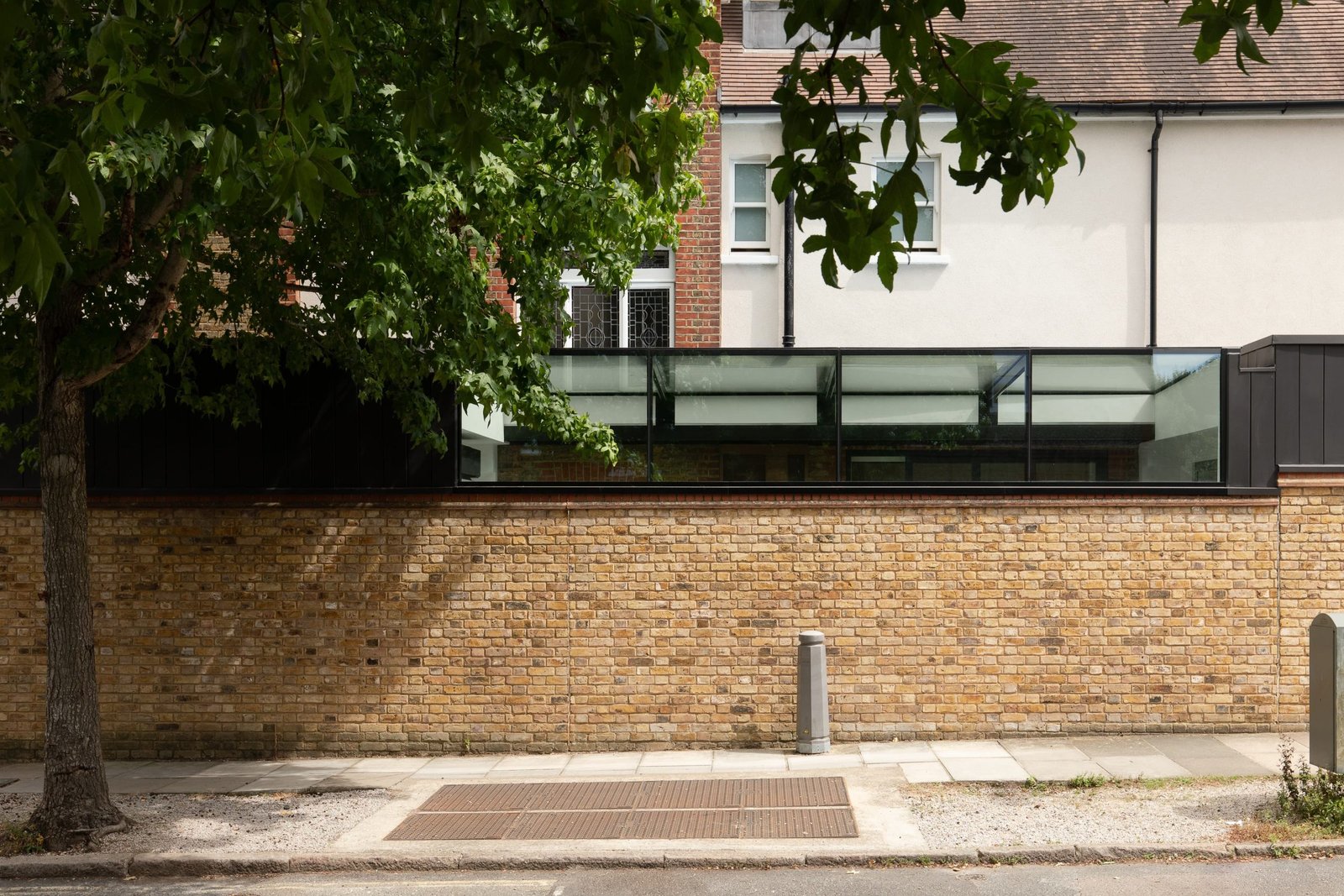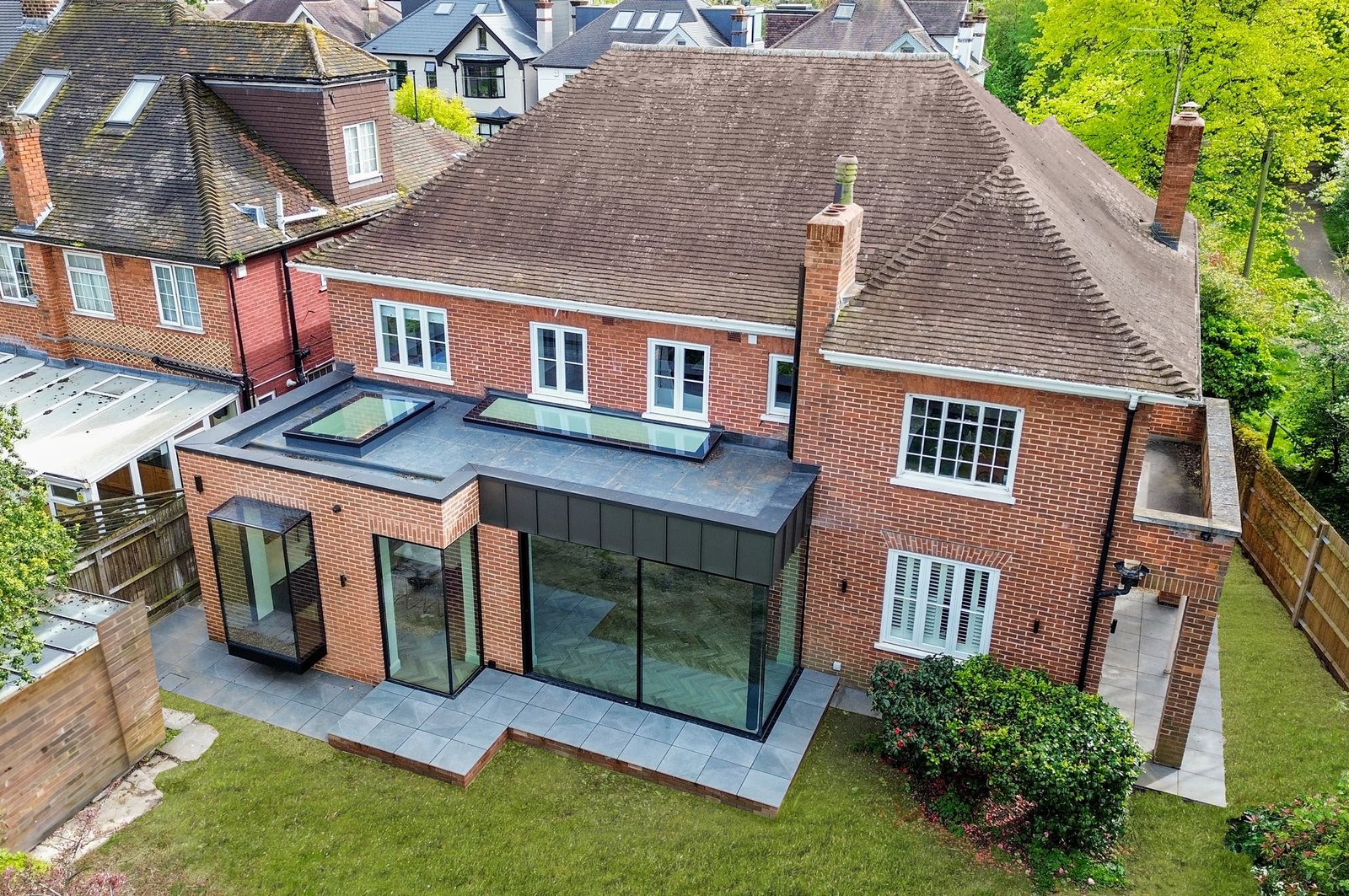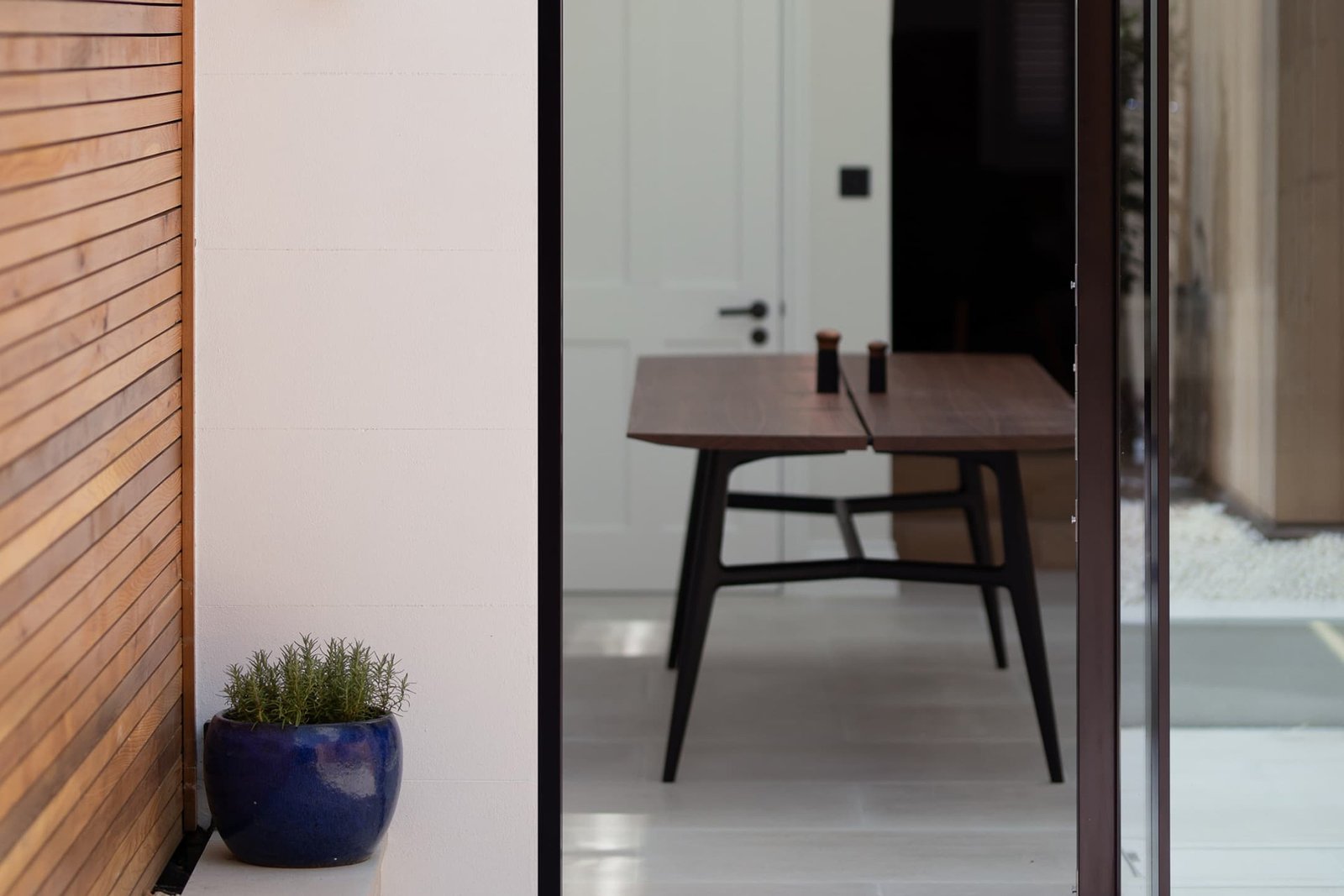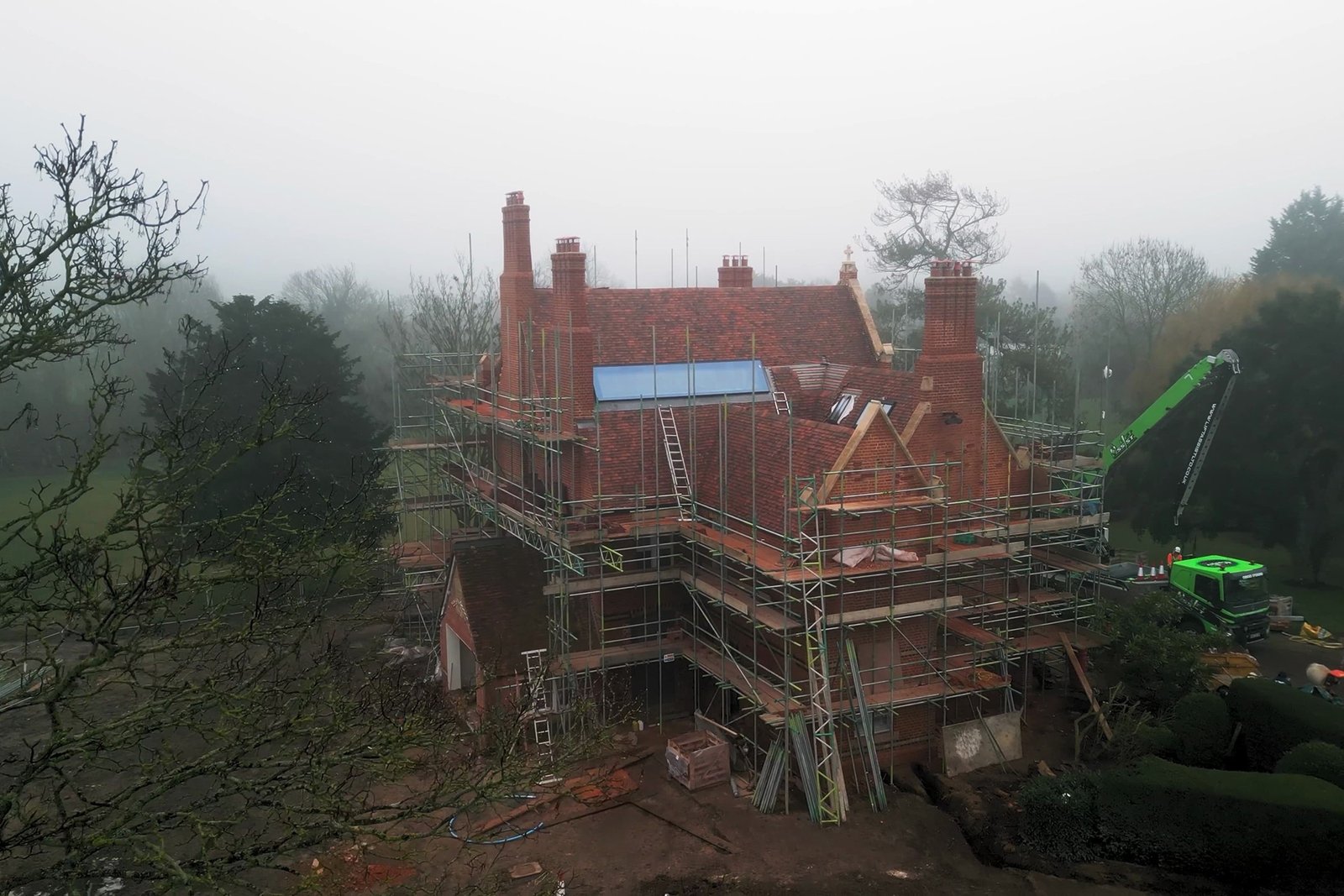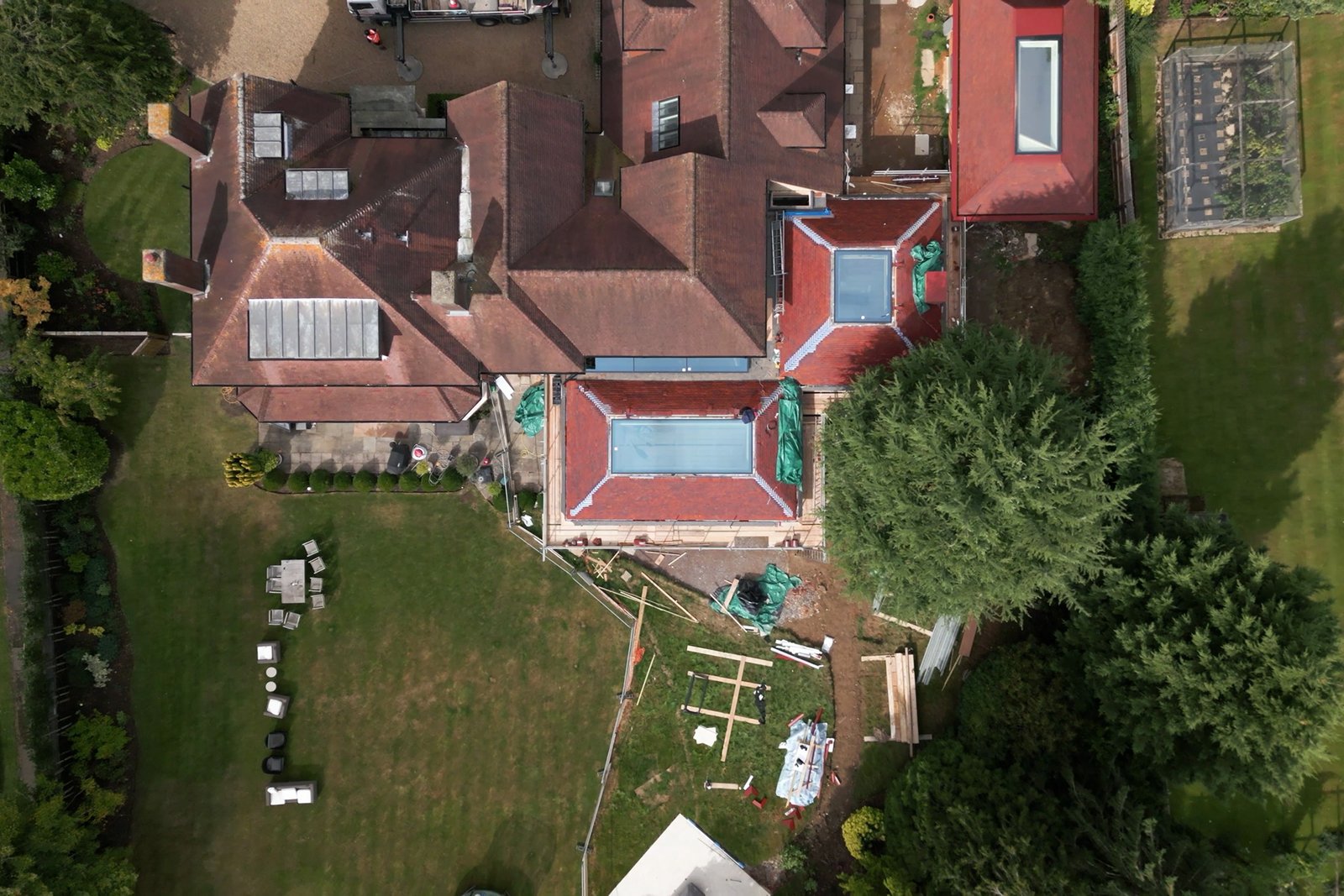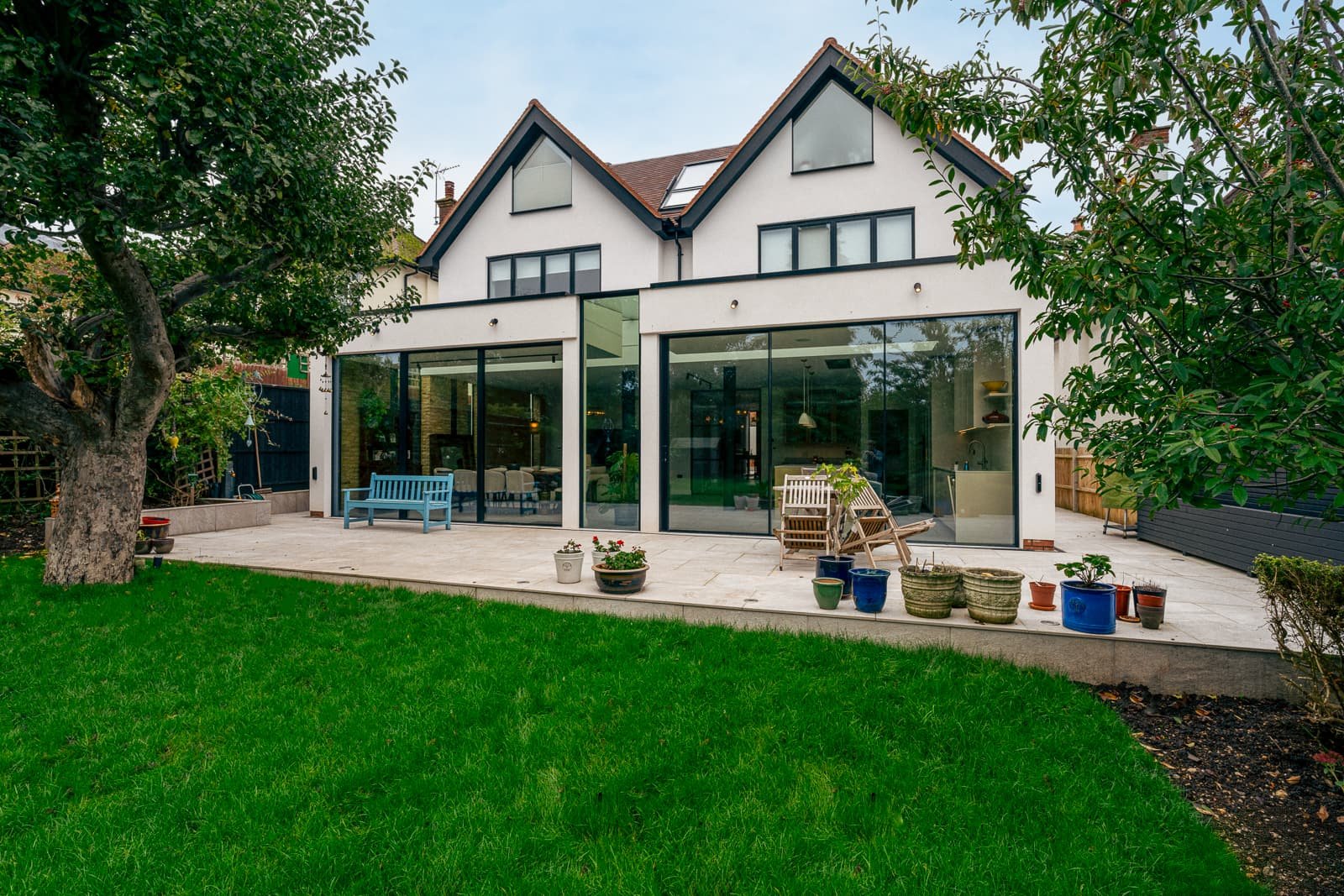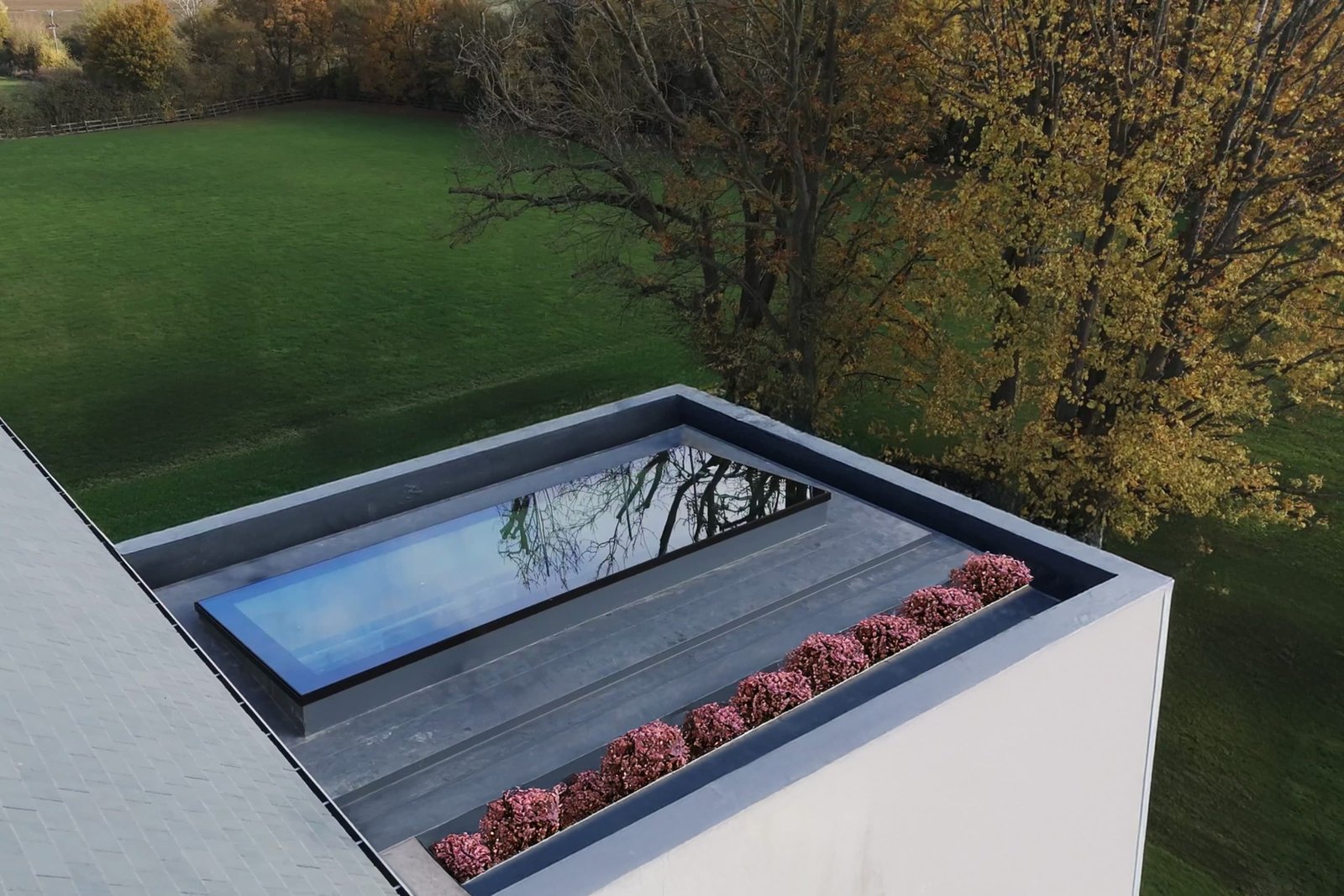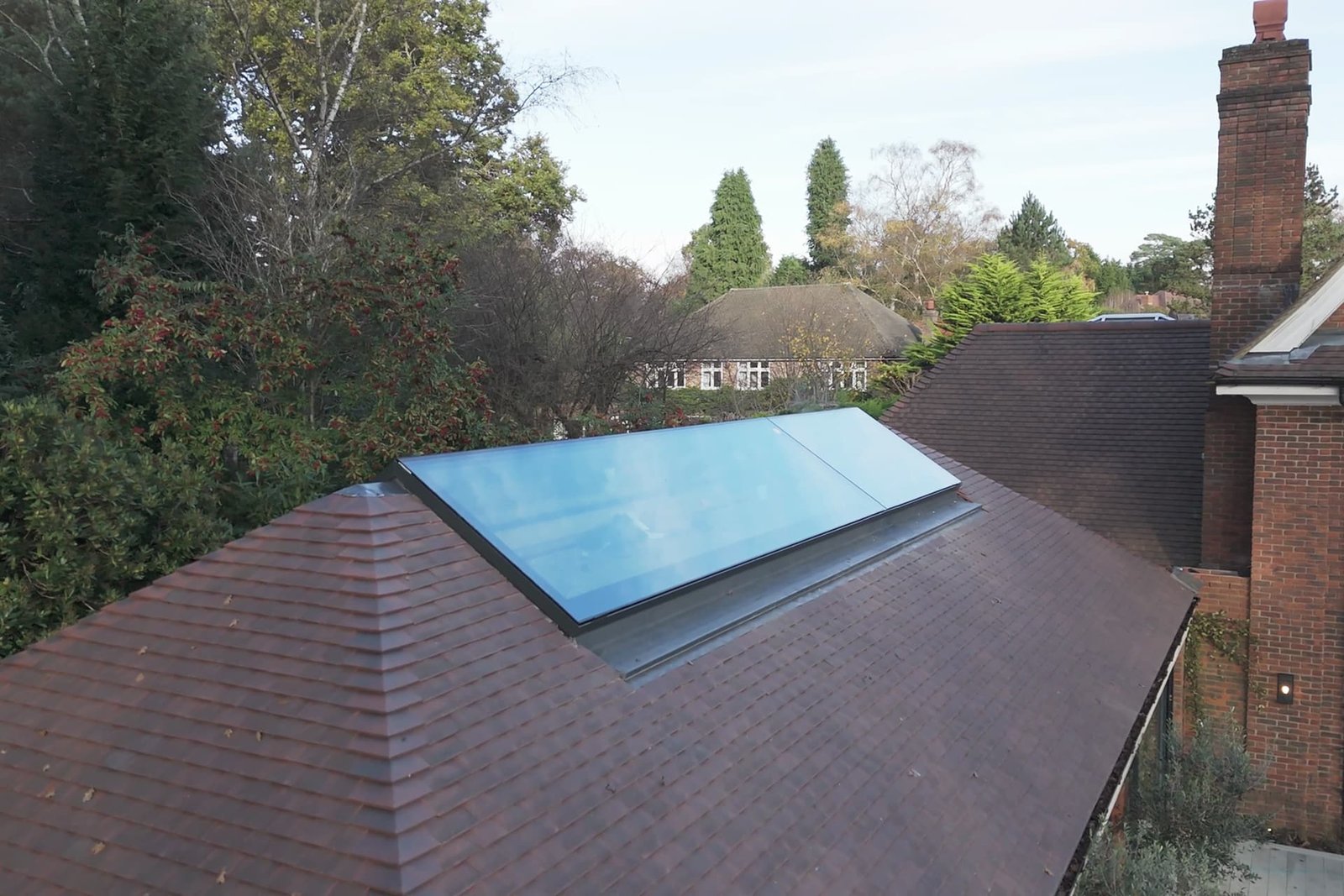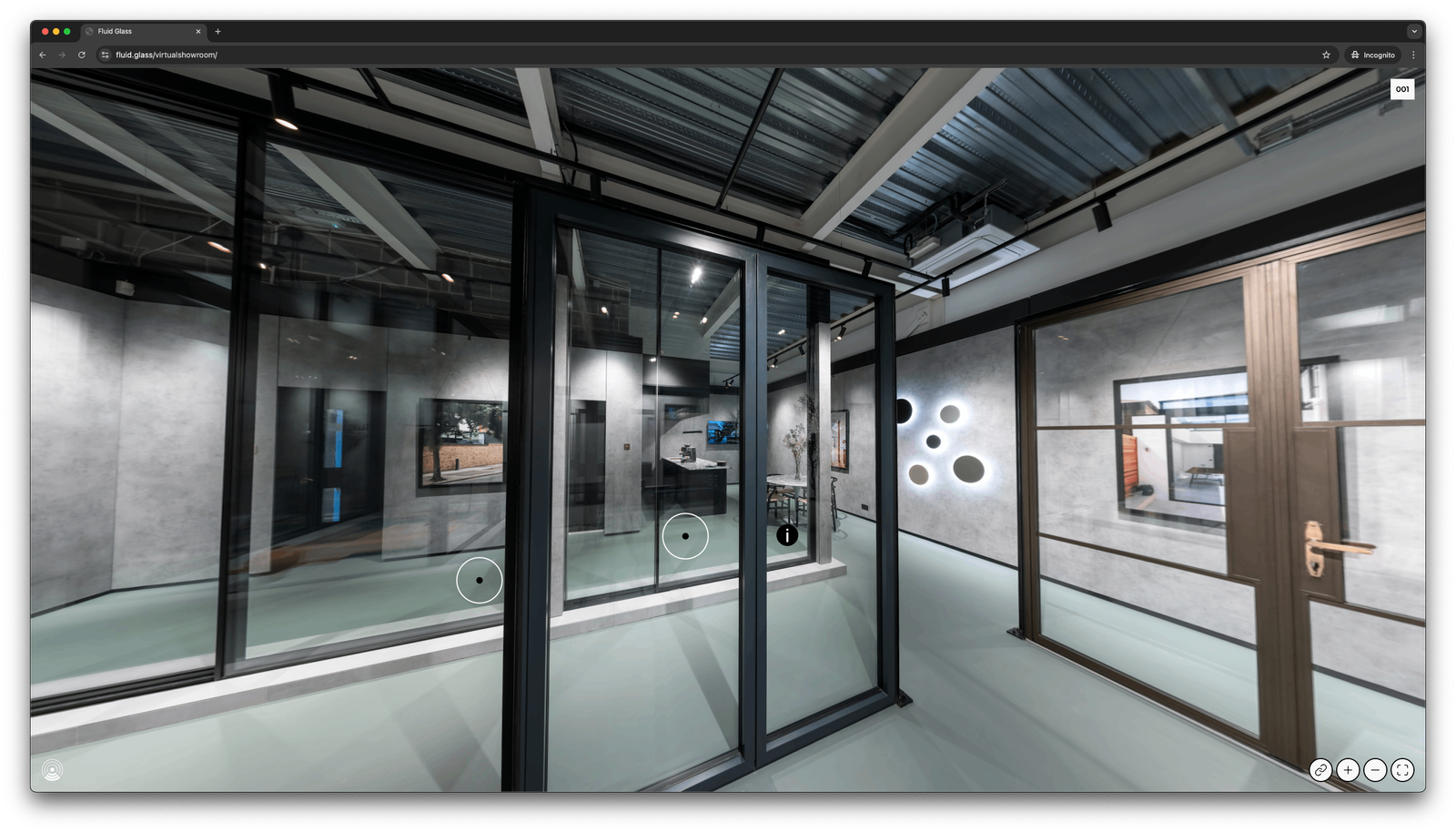Structural and Architectural Glazing Specialists
We’re proud to contribute to some of the most prestigious construction projects across the UK
Fluid X
Our premium glazing collection defined by exceptional craftsmanship, refined design, and enduring quality. Made for bold architecture and uncompromising vision.
– Fluid X Sliding Door
– Fluid X Pivot Door
– Fluid X Vertical Structural Glazing
Fluid Original
Our original glazing collection, combining clean design, reliable performance, and timeless simplicity. Built for everyday elegance and modern architectural clarity.
Doors
– Fluid Sliding Door
– Fluid Aluminium Door
– Fluid Folding Door
– Fluid Timeless Door Crittall
– Fluid Internal Door
– Fluid Steel Door
– Fluid Fire Steel Door Fire-rated
Windows
– Fluid Window Fixed/Hung
– Fluid TT Window Tilt & Turn
– Fluid Timeless Window Crittall
Structural
– Fluid Sky/Roof/Ridge Lights
– Fluid Oriel Window
– Fluid Glass Link
– Fluid Glass Box
– Fluid Glass Balustrades
– Fluid Glass Floor
Other
– Fluid Blind Box
Selected Projects
We are passionate about creating deeply connected spaces enabling successful relationships between indoors and outdoors.
Explore our Virtual Showroom
Our immersive virtual showroom is designed to bring the beauty and craftsmanship of our products to you—wherever you are. It offers an intuitive way to explore our range, with interactive hotspots that reveal the finer details of each product.
Installs
FG TV
How'd we do?
Our services
We are passionate about creating deeply connected spaces enabling successful relationships between indoors and outdoors.

Insights & Strategy
Our strategy provides a forward-looking plan for your project.
– Budget advice
– Quotation preparation
– Initial design advice
– Project planning
– Technical advice

Design
The right design elevates your project above and beyond the competition.
– Detailed design drawings
– Amendments as required
– On-site survey

Build
The devil is in the detail. We provide an end-to-end solution.
– Manufacturing
– Logistics
– Installation planning
– Installation

Aftercare
We hold your hand throughout and provide industry leading aftercare.
– Technical advice
– On-site inspections
– Product adjustments
– Rectification works


Office

Jake Randall
Director

Adam Randall
Director

Valerio Vigna
Projects Director

Matt Napier
Estimating Manager

Joe Verbena
Pre Construction Manager

Steven Towler
Business Development Manager

Agresh Saji Kumar
Assistant Design Manager

Sarosh Italia
Trainee Business Dev. Manager
Proudly verified on The Org
Installation

Martin Randall
Installation Manager

Razvan Adam
Installation Manager

Darryl Ashwin
Site Engineer
Precision, enthusiasm, and care
Our process is driven by the hands and hearts of passionate artisans who bring the finishing touches to your architectural glass projects. We believe in authentic materials and genuine quality. We believe in our team — individuals who work each day with precision, enthusiasm, and care to make your project something unique and extraordinary.
Knowledge
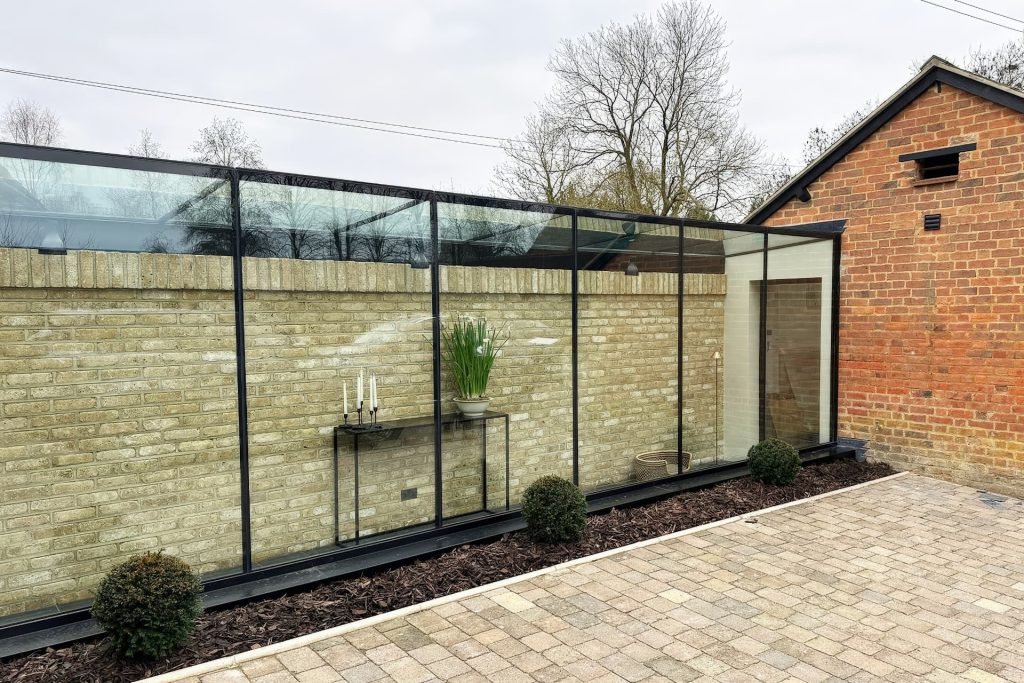
-
- Posted by Jake Randall

-
- Posted by Jake Randall
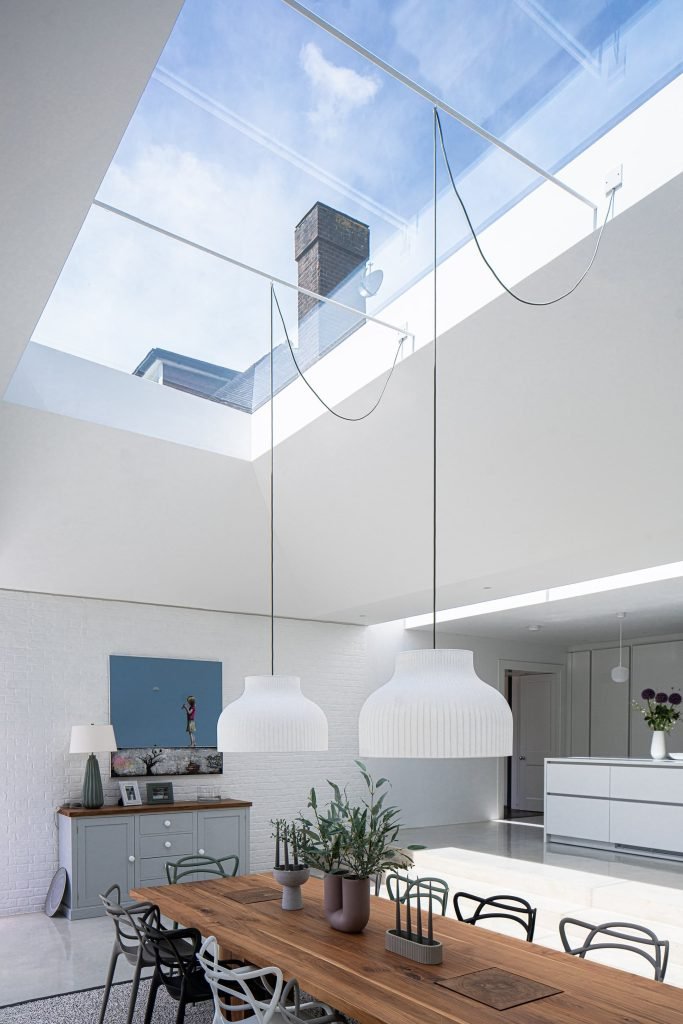
-
- Posted by Jake Randall
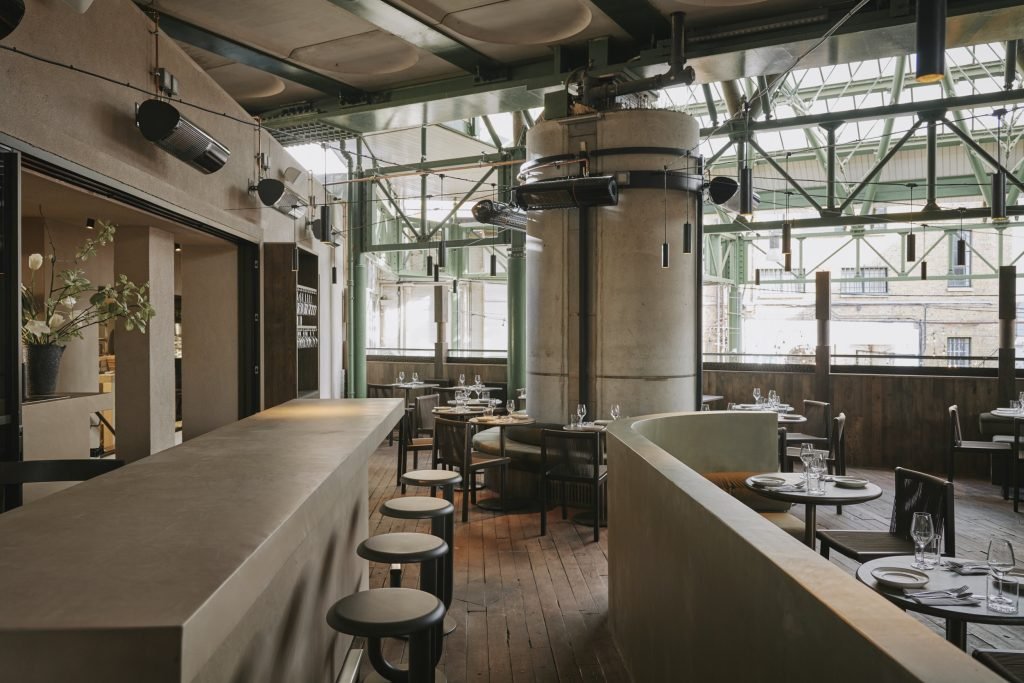
-
- Posted by Sarosh Italia
FAQ
Architectural glazing refers to the use of glass in buildings for both aesthetic and functional purposes, such as windows, doors, facades, and skylights.
Common types of glass include tempered glass, laminated glass, insulated glass units (IGUs), low-emissivity (Low-E) glass, and smart glass.
Low-E glass improves energy efficiency by reducing heat transfer, blocks UV rays, enhances thermal comfort, and reduces glare.
Insulated glass units (IGUs) consist of two or more glass panes separated by a spacer and sealed, providing better insulation and reducing heat loss or gain.
Tempered glass is a type of safety glass that is heat-treated to be stronger and, if broken, shatters into small, less harmful pieces. It is used in doors, windows, and other high-impact areas.
Laminated glass consists of two or more layers of glass bonded with a plastic interlayer. It provides enhanced safety, sound insulation, and UV protection.
Regular cleaning with non-abrasive, glass-specific cleaners and soft cloths is recommended. Avoid harsh chemicals and abrasive tools to prevent scratches and damage.
Yes, architectural glass can be customised in terms of size, shape, colour, texture, and special coatings to meet specific design and performance requirements.
For high-traffic areas, safety and durability are crucial. Use of tempered or laminated glass, appropriate thickness, and ensuring proper installation are key considerations.


